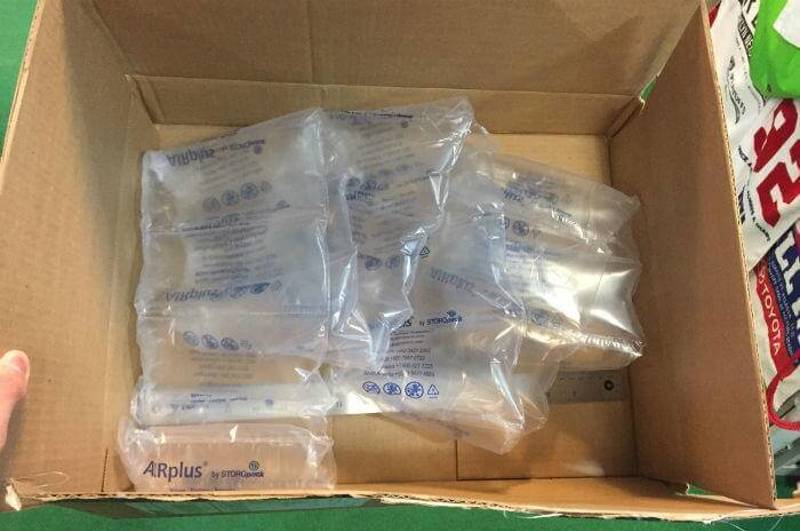How much is air worth to you? When you are thinking of breathing, it is priceless. However, as carriers crack down on shipping air, the cost of air for shippers is becoming quite pricey.
With eCommerce driving parcel and LTL shipping growth to all-time highs, space has become a premium. Carriers have responded by expanding dimensional-based (DIM) rating policies, making it harder to quote accurate shipping.
Add the fact that shipping costs are rising at twice the rate of inflation, at the same time customers expect free shipping, and it becomes even more clear that the extra costs can hurt your bottom line.
Unfortunately, it’s difficult to know what to expect for DIM charges. Historically, shippers have relied on guesstimates and rules of thumb for shopping cart rate calculations and order entry shipping quotes. However, guess wrong and not only do you risk a tremendous impact on the prices you are paying to ship items—and your profitability—but it impacts the customer’s experience as well.
Not only do customers hate the extra packing they need to recycle and its impact on the environment, but they also dislike having to pay the price for it—meaning shippers may not recover the extra costs they could have saved by using advanced cartonization algorithms found in parcel TMS.
In fact, The Baymard Institute found that shoppers abandoned their carts because extra costs were too high, including shipping, taxes, and fees (60 percent) and they “couldn’t see/calculate” total order costs up front (23 percent).
Below are some of the most common mistakes made by shippers when trying to fake it until they make it around DIM rates, as seen in a recent Pierbridge-hosted webinar.
One size does not fit all: When you stuff a carton with paper, bubble wrap, air pillow, and even styrofoam peanuts because it is too big for an item, you might as well be using dollar bills instead. If you pick cartons that are too large for the order, profits can get dinged with DIM fees. But, there is more damage done beyond the immediate spend in the way of wasted materials, environmental impact, and damaged items, which can have a detrimental effect on the customer’s experience, costing you your reputation as well as possible repeat and referral business.
Overcompensation can cost you: OK. So you aren’t going to pack an ink cartridge in a carton big enough for a printer anymore. Great. But, don’t overreact by using smaller cartons to pack items. This overcorrection can result in higher costs as each box has a minimum cost associated with it. Sometimes it is cheaper to go with a larger box with a higher DIM rating than shipping several small boxes. The challenge of this, of course, is figuring out the best way to pack if you aren’t using sophisticated parcel TMS software.
Window shopping: You wouldn’t buy a new location for your business or sign up for new liability insurance without shopping around for the best deal. The same goes for carrier DIM fees. While it can take time if done manually, checking with the different carriers for the best DIM rating for your shipment, you can trim thousands of dollars off your transportation spend every year.
There doesn’t appear to be a limit to the demand for parcel shipments, and trucks aren’t getting any roomier. Combine that with more customers expecting free or low-cost shipping, and it’s clear that it is time to trade in packaging guesswork for a sophisticated cartonization process.
